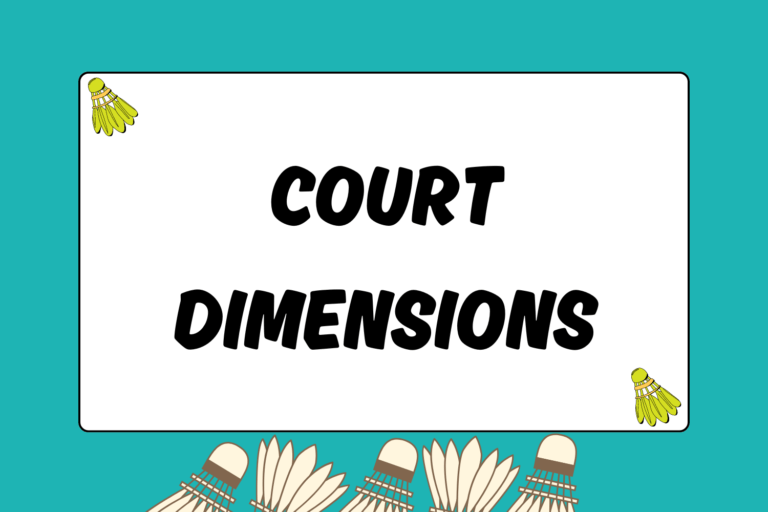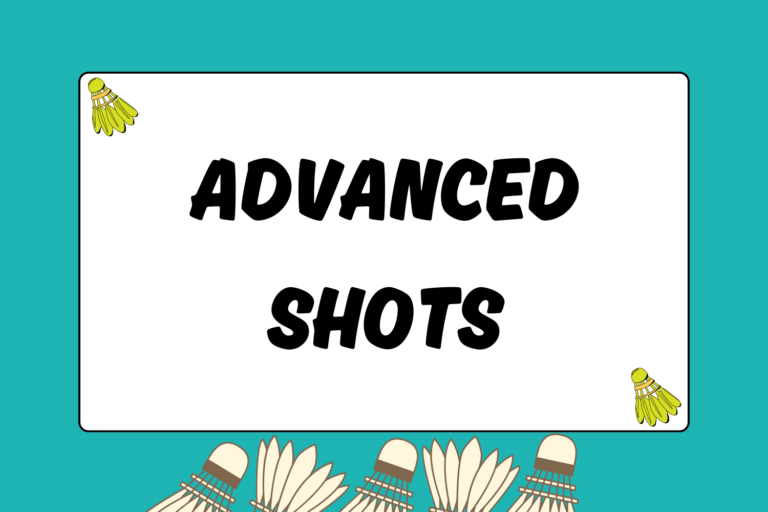Whether you’re training to make a badminton team or training on a badminton team, there are a few tips you can follow to maximize your practice sessions. You must be mentally and physically tuned in to reap the benefits your practices have to offer.
The tips and advice below will help you along your way towards becoming a better badminton player.
Finding a Gym
Finding a local gym to use can be a difficult task. Because badminton’s popularity is not particularly widespread, there are few places to play and even fewer ways to find them. The internet is a fantastic resource and should definitely be the first place you check.
If you have no immediate luck with gyms in your area, you can try contacting local recreation centers to see if they have any information about badminton gym locations. Lastly, you can try contacting coaches of high school badminton teams in your area because they will either hold an open gym or know of a gym open to the public.
Hot Tip: Hard Practices Lead to Easy Games
The harder you work during practice, the easier your matches will be. If you dedicate yourself to improving every aspect of your game, then you’ll quickly find answers when problems arise during a game. Similarly, hitting harder and moving faster will leave you better prepared come match time.
Preparing for Practice
Once you’ve found a gym to practice badminton, you should be both mentally and physically prepared to work hard. This is especially true if your gym is inconveniently located because you’ll want to maximize your limited practice times.
Also, make sure you have all the proper equipment you’ll need. This means shoes, a change of clothes, a spare racket, and extra shuttles. The last thing you want is to show up at the gym, ready to practice, only to find that you left your shoes or shuttles behind.
Be Energized
The desire to practice is certainly a good thing, but being able to practice effectively is another. You need to have the energy to do the exercises and drills, so make sure you get enough rest and stay adequately fueled and hydrated.
Showing up tired or lethargic will cause you to perform drills poorly and ultimately develop bad habits. Placing physical limitations on yourself before you even begin is not an ideal way to start off a practice session.
Have the Right Mentality
Showing up for practice means you’re there to train and improve. If you’re there to just go through the motions, you’ll only be wasting your time. The purpose of practice is to train both the body and mind. This means you’ll not only need to carry out drills but also absorb information about your game and process it so you can apply it to different situations.
For example, a simple footwork drill isn’t just designed to teach you footwork; its purpose is to teach you how to move around the court effectively. If you think about the goal of each exercise and drill as you do it, then it will translate much better to your on-court game.
Training Yourself
Managing your own practices is a tricky matter because you must be self-motivated and honest with yourself in order to see real improvement. You must hold yourself accountable for the goals you set because no one else will.
To be clear, training yourself does not mean training alone because, in most cases, you’ll need at least one partner to do the drills. Your partner can be a means of motivation, but it will always come back to you. You are the one who needs to find the drive to push yourself further than you want to go.
Below are a few drills to cover the basic aspects of the game:
Footwork Drills
There are three basic drills you can do to improve your footwork. Any one of these can be modified or tweaked to suit your needs, but the nature of each will help you refine your footwork.
Side-side footwork:
Start at your base point and shuffle your feet to the right and the left. Make sure you lunge on your last step for both your forehand and backhand side.
Front-back footwork:
Starting at your base point, shuffle back and swing overhead while properly rotating your feet. When you reach the net, again, make sure you lunge while holding your racket out at net height to simulate proper net drop form.
Four-corner footwork:
This drill is done best with a partner to assist you. Start the drill with your partner at the middle of the net and you at your base. Proceed to have your partner direct you towards any of the four corners of the court. Your partner should point to the next corner before you return to your base so you have little time to rest.
Shot Execution Drills
Like the footwork drills, these shot execution drills are very basic. These focus on form and consistency by keeping you stationary as you hit. These drills will cover the five basic shots and help you gauge the progress of your shot quality.
Serve:
Repetition will help make your serves consistent, but if you’re having difficulty aiming the shuttle, you should take a break to reexamine your stroke. Sometimes repetitiveness leads to mindlessness, which can then form bad habits.
Remember to keep your short serves low and your long serves high enough to pass over your opponent’s racket.
Clear:
Clears can be exhausting to practice because you’ll have to rely on your strength and endurance if your technique isn’t impeccable. Rally with a partner only using clears, and make sure you position yourself behind the shuttle before you hit.
Using your body’s momentum will alleviate some fatigue you would normally experience during a match. Also, don’t forget to contact the shuttle at the highest possible point.
Baseline Drop:
Drops from the back of the court are predicated more on the angle than the speed. Focus on striking the shuttle high and getting it to land before the short service line. As your consistency develops, you can start to hit harder to add a little velocity to your drops.
Drive:
The key to practicing drives is simply bending your knees and keeping your racket up in front of you. A drive shot is normally a reaction shot, which means your racket will need to be in a good position for you to have a chance at returning the shuttle. Keep your drives low and angled downward whenever possible.
Unlike overhead shots, you’ll only be using your elbows and wrists to power the shot. Again, as you become more comfortable with drives, you can begin hitting harder.
Smash:
The hardest of the shots to practice, the smash, requires a couple of things in order for the drill to be successful. First, you’ll need a partner who is capable of consistently clearing smashes. The last thing you want is your partner holding you back and preventing you from pushing yourself further. After that, you’ll need to focus on your placement.
It’s difficult to adjust your aim quickly because smashing relies heavily on feel. You can’t smash too softly, or else it ceases to be a smash. Like the drive, keep the shuttle low to the net and angle it as sharply as you can.
Be Motivated
Badminton is a sport that is designed to both challenge and entertain you, so you shouldn’t dread practice or have to convince yourself to go. Find your purpose for playing and cater your practices in that manner. If you want to have fun while you improve, then take some of these tips and make them your own.
In the end, what you get out of practice will depend on what you put into it. It’s just a matter of finding the reason or motivation to get out to practice each day.





